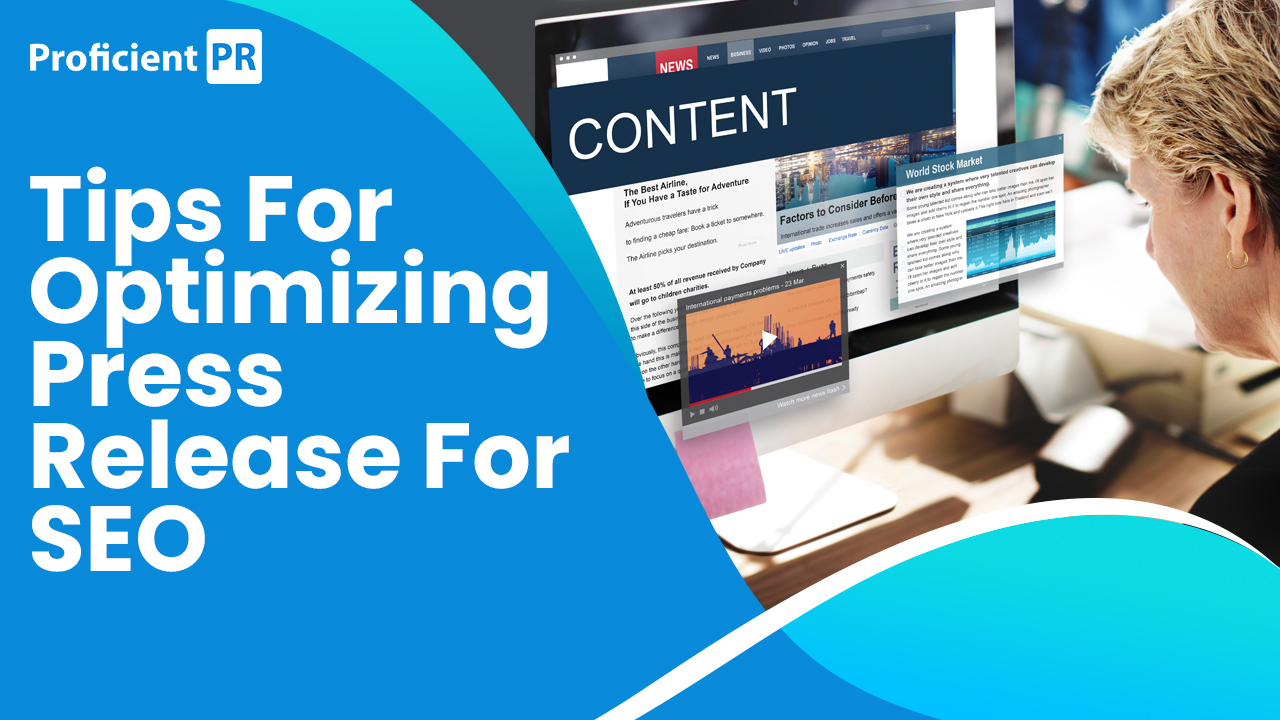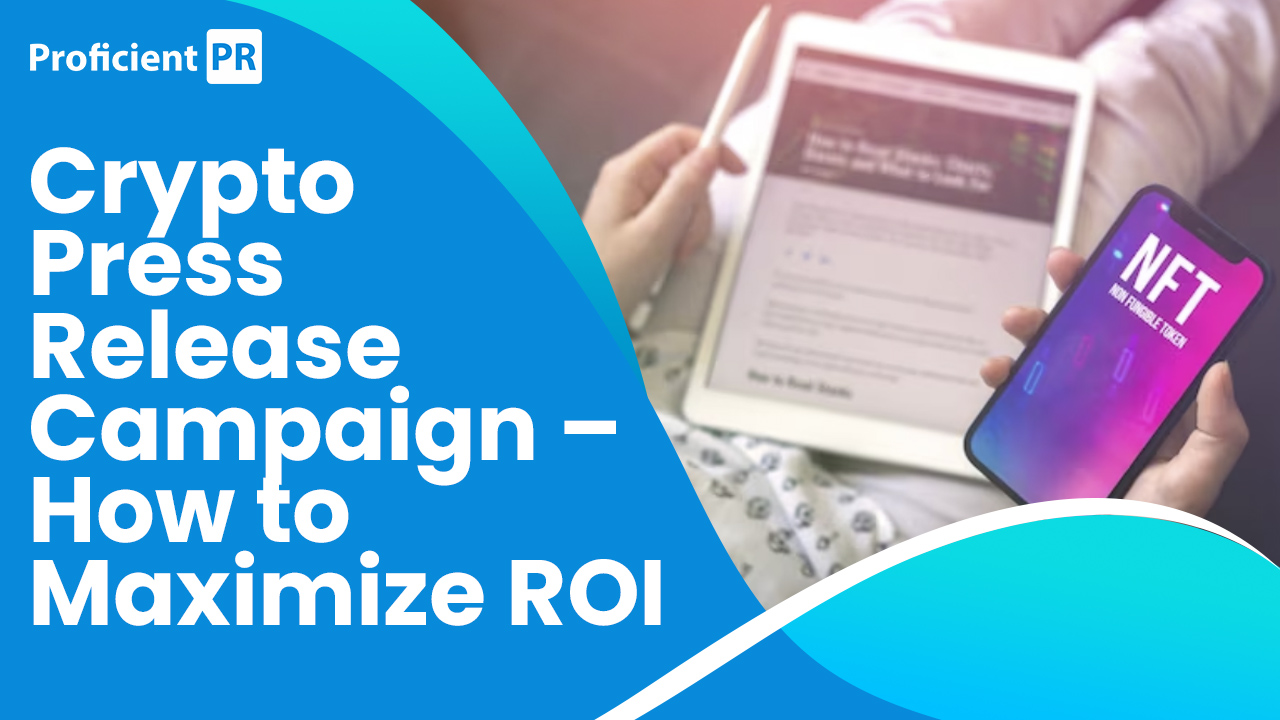Should you include images in your press release?

In today’s fast-paced and highly competitive business world, it’s important for companies to stand out and grab the attention of their target audience. One way to achieve this is by including images, videos, or logos in their press releases. The use of visuals can help to enhance the overall impact and effectiveness of the content, making it more memorable and engaging for the reader. Whether it’s to illustrate a product, provide visual context, or simply make the press release more eye-catching, the use of visuals in press releases is becoming increasingly popular. However, it’s important for businesses to consider the relevance, quality, and format of the visuals they include in their press releases to ensure that they have the desired impact. This article will explore the benefits and best practices of including images, videos, or logos in press releases and provide a comprehensive guide to help businesses make informed decisions.
Can a Press Release Have Images?
A press release can include images, videos, and logos. In fact, incorporating multimedia elements can help make a press release more visually appealing and engaging to readers. However, it’s important to use these elements judiciously and ensure that they are relevant and high-quality. When including images or videos, it’s also a good idea to provide captions or descriptions to help explain their context and significance. Additionally, it’s important to have the necessary rights or permissions to use any third-party images, videos, or logos in your press release.
10 reasons why you should include images in your press release?
Here are ten reasons why businesses should consider including images in their press releases:
- Increases reader engagement: Including images in a press release can increase reader engagement by making the content more appealing and visually interesting. A well-placed image can quickly grab the reader’s attention and make them more likely to read the entire release.
- Conveys information quickly: Images can quickly convey information that might take paragraphs of text to describe. For example, an image of a new product can immediately provide the reader with a visual representation, helping to explain its features and benefits more effectively.
- Adds visual interest: Press releases with images can break up the monotony of text and add visual interest, making them more appealing to readers. This can help keep the reader engaged and increase the chances that they will read the entire release.
- Supports brand identity: Including images that align with your brand’s visual identity can reinforce your brand’s image and message. This can help to build brand recognition and increase brand recall.
- Helps illustrate points: Images can help illustrate complex concepts and make them easier to understand. For example, a graph or chart can quickly and effectively convey data or trends.
- Supports media coverage: A visually compelling press release can help attract the attention of media outlets, increasing the chances of the story being covered. This can be especially important for smaller businesses trying to get noticed by larger media outlets.
Enhances shareability: A visually appealing press release is more likely to be shared on social media, increasing its reach and visibility. This can help to build brand awareness and increase exposure. - Supports SEO: Adding relevant images and alt text can help boost the search engine optimization (SEO) of the press release. This can help increase its visibility and make it more easily discoverable by potential readers.
- Differentiates from competitors: Including images in a press release can set it apart from competitors and make it stand out. This can help increase the release’s impact and visibility.
- Supports accessibility: Adding descriptive alt text to images can make the press release more accessible to visually impaired individuals. This can help increase the inclusivity of the content and reach a wider audience.
In conclusion, including images in press releases can greatly enhance their overall impact and effectiveness. By increasing reader engagement, conveying information quickly, and supporting brand identity, among other benefits, businesses can make their press releases more effective and impactful.
10 reasons why you should not include images in your press release?
Here are ten reasons why businesses may choose not to include images, videos, or logos in their press releases:
- Distraction: Images, videos, and logos can be distracting and take away from the focus of the press release. If the goal is to convey important information, visual elements may take away from the message.
- Technical difficulties: Adding images, videos, or logos to a press release can increase the size and complexity of the file, making it more difficult to send or share. This can be especially problematic for those who have limited bandwidth or slow internet speeds.
- Cost: Creating and producing high-quality images, videos, or logos can be time-consuming and expensive. For businesses with limited resources, this may not be a priority or feasible option.
- Misrepresentation: If images, videos, or logos are not properly created or used, they can misrepresent the business or the information being conveyed. This can harm the business’s reputation and credibility.
- Formatting issues: Images, videos, or logos may not display properly on different devices or platforms, causing formatting issues and making the press release difficult to read.
- Lack of control: Once an image, video, or logo is added to a press release, the business may have limited control over how it is used or shared. This can lead to unintended consequences or harm to the brand’s image.
- Unnecessary elements: In some cases, images, videos, or logos may not add any value to the press release and may simply be unnecessary elements.
- Complexity: Adding images, videos, or logos to a press release can make it more complex and difficult to understand. For example, a video may take time to load, causing frustration for the reader.
- Inadequate file size: If images, videos, or logos are too small in size, they may not display properly or be of poor quality. This can harm the overall look and feel of the press release.
- Legal considerations: There may be legal considerations to take into account when adding images, videos, or logos to a press release. For example, the business may need to obtain permission to use an image or may need to follow specific regulations regarding the use of logos.
- Businesses should carefully consider the reasons for and against including images, videos, and logos in their press releases. While there are benefits to including these elements, there are also potential drawbacks that should be weighed. Ultimately, the decision will depend on the specific needs and goals of the business and the information being conveyed.
Considerations when deciding whether or not to include visuals
Here are some points to remember when including images, videos, or logos in a press release:
- Relevance: The first and most important consideration is whether the images, videos, or logos are relevant to the information being conveyed in the press release. The visuals should support and enhance the message, not detract from it.
- Quality: It’s crucial for businesses to use high-quality images, videos, or logos that are well-lit and properly formatted. Poor quality visuals can harm the overall look and feel of the press release and may not effectively convey the intended message.
- Size: The size of the images, videos, or logos is another important consideration. Larger files can take longer to load and may not display properly on all devices, which could negatively impact the reader’s experience.
- Formatting: It’s important to ensure that the images, videos, or logos are properly formatted and will display correctly on different devices and platforms. This will help to ensure that the visuals have the desired impact and that the press release looks professional.
- Brand consistency: The use of visuals that align with the business’s visual identity can help to support brand recognition and consistency. Businesses should consider using images, videos, or logos that are consistent with their brand’s visual style to reinforce their brand identity.
- Technical requirements: It’s important for businesses to be aware of any technical requirements for including images, videos, or logos in a press release, such as file type and resolution. By meeting these requirements, businesses can ensure that their visuals display correctly and have the desired impact.
- Alt text: Alt text is an important consideration for accessibility and search engine optimization (SEO). It provides a textual description of the image for users who are visually impaired or for users who have images turned off in their browsers.
- Copyright: It’s important for businesses to ensure that they have obtained permission to use images, videos, or logos and to follow copyright laws. Using images, videos, or logos without permission can lead to legal consequences and harm the business’s reputation.
- Simplicity: It’s important for businesses to keep the visuals simple and focused. Overloading the press release with too many images, videos, or logos can be distracting and harm the overall impact of the content.
- Context: The context in which the images, videos, or logos are used is another important consideration. Businesses should ensure that the visuals are used in a way that is consistent with the overall tone and message of the press release.
By considering these factors, businesses can make informed decisions about whether or not to include visuals in their press releases and ensure that the visuals have the desired impact. By doing so, they can enhance the overall impact and effectiveness of their press releases and effectively engage their target audience.
Key legal considerations to keep in mind when including visuals in press release
Here are some legal considerations businesses should take into account when including visuals in their press releases.
- Obtain permission to use images, videos, or logos: It is important for businesses to obtain permission to use any images, videos, or logos that they include in their press releases. This can include obtaining permission from the owner of the intellectual property or from the person who created the visual.
- Follow copyright laws: Businesses should ensure that they follow copyright laws when including images, videos, or logos in their press releases. This includes obtaining permission to use any copyrighted visuals and crediting the source of the visual.
- Avoid infringement: Businesses should take care to avoid infringing on any intellectual property rights when including visuals in their press releases. This includes ensuring that they have obtained the necessary permissions and following copyright laws.
- Use caution with stock images: Businesses should exercise caution when using stock images in their press releases. They should ensure that they have the necessary permissions to use the images and that they follow the terms of use specified by the stock image provider.
- Know your rights: Businesses should be aware of their rights when it comes to including visuals in their press releases. This includes understanding the terms and conditions of any licenses they may have obtained and being aware of any restrictions that may apply.
By taking these legal considerations into account, businesses can ensure that they are including visuals in their press releases in a way that is legal and ethical. They can avoid the risk of legal consequences and protect their reputation by following copyright laws and obtaining the necessary permissions for any visuals they use.
Including images, videos, or logos in press releases can help businesses to communicate their message more effectively. However, businesses should consider several important factors when deciding whether or not to include visuals in their press releases, such as relevance, quality, and format. The legal considerations businesses should take into account include obtaining permission to use images and following copyright laws. To use visuals effectively in press releases, businesses should also consider best practices such as using alt text, keeping visuals simple and focused, and ensuring that the visuals are relevant and of high quality.
In conclusion, the use of visuals in press releases can be a powerful tool for businesses looking to communicate their message effectively. By considering the factors discussed in this article, businesses can ensure that they are using visuals in a way that is legal, ethical, and effective. By doing so, they can enhance the impact of their press releases and achieve their desired results.





